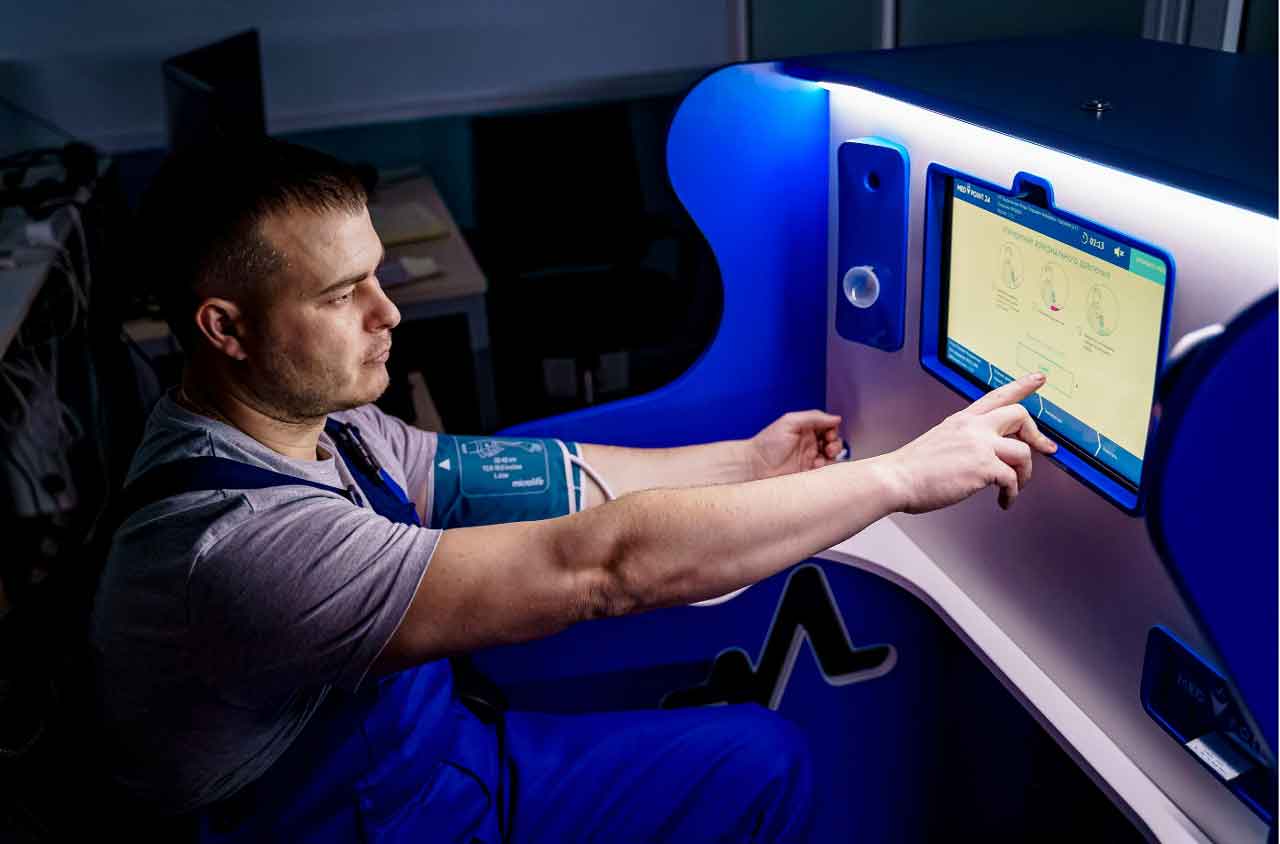
Unlocking the Power of Programming: Trends, Tools, and Techniques for 2024
The tech landscape is continuously evolving, and 2024 is shaping up to be a pivotal year for advancements in programming and technology. From GPU programming to telecom testing solutions, there’s a plethora of tools and emerging trends that are set to transform the way developers and engineers work. This article delves into various innovations that are making waves, along with methodologies and best practices that are empowering the next generation of programmers.
Dive into GPU Programming with Accessible Puzzles
Many aspiring developers often feel overwhelmed by the complexities of GPU programming, particularly when it comes to integrating CUDA into their projects. Fortunately, a series of increasingly difficult programming puzzles offers an accessible entry point into the world of GPU programming.
Created by Sasha Rush, these puzzles are designed to simplify learning CUDA, allowing programmers to grasp basic concepts without being bogged down by heavy textbooks. By utilizing the NUMBA python JIT compiler, participants can transform their simple code into efficient GPU machine code effortlessly.
The puzzle approach encourages hands-on learning, showcasing real-time graphical representations of data being manipulated within input and output arrays. Each essential CUDA concept is broken down into digestible portions, reinforcing understanding with practical examples. Developers interested in enhancing their skills can even use this linked Google Colab for an interactive programming environment.
 Exploring the world of GPU programming through engaging puzzles.
Exploring the world of GPU programming through engaging puzzles.
Additionally, understanding the need for GPU programming opens doors to more advanced concepts. Curious minds might want to check out our guide to CUDA first for a deeper dive.
Advancements in Telecom Testing: The Role of Python Scripting
In the telecommunications realm, GL Communications Inc. has introduced significant advancements with their tProbe™ solution, an all-in-one tool for T1, E1, and Datacom testing. The ability to automate complex testing scenarios through Python scripting has revolutionized the testing process, allowing for streamlined workflows and reduced human error.
As CEO Vijay Kulkarni noted, “GL’s tProbe™ T1 E1 Datacom analyzer is a versatile platform for generating, receiving, and monitoring traffic on legacy networks.” This tool not only supports a myriad of test traffic but also emulates various telecom protocols, making it an essential asset for engineers tasked with maintaining system integrity and performance.
The incorporation of Python into the tProbe™ solution broadens accessibility and usability, enabling users to automate their testing procedures with ease. The Windows Client Python Module (WCPM) effortlessly connects to multiple tProbe™ devices across locations via TCP/IP, facilitating efficient end-to-end testing.
Unfolding the Technology Trends of 2024
As we dive into the exciting trends that will shape technology in the coming year, the integration of AI and machine learning stands out. Organizations are increasingly adopting these technologies, with Cisco, Google, and Microsoft showing significant progress towards making AI more ubiquitous than ever. This year, we can expect businesses to experiment with AI to optimize their services and processes at a lower cost than ever before.
The Resurgence of Programming Languages
While new languages come and go, some classics remain steadfast. According to the TIOBE Index, Python continues its reign as the top programming language, favored for its applicability in AI and data science. Despite minor fluctuations, its importance has only been amplified by the increasing demand for machine learning capabilities. The continuing rise of JavaScript and other languages further demonstrates a landscape that values both tried-and-true tools as well as innovations.
 The evolving landscape of programming languages in 2024.
The evolving landscape of programming languages in 2024.
Space Technology’s Rapid Evolution
One fundamental area set for significant advancements is space technology. Plans for a Moonbase and innovations in satellite technology are at the forefront. The utilization of satellite data can aid in numerous ways, from monitoring changes in our planet’s environment to improving agricultural practices.
The Rise of Edge Computing
Another pivotal trend is edge computing, which processes data closer to where it is generated. This capability is crucial for applications requiring real-time processing. In scenarios like self-driving cars or manufacturing environments with limited internet connectivity, edge computing proves its worth.
Immersive-Reality Technologies Gain Traction
Immersive-reality technologies are on the rise, blending physical environments with digital overlays to enhance user experiences. These advancements are paving the way for new applications that leverage augmented and virtual realities in innovative ways—from gaming to training simulations.
Revolutionizing Healthcare with Personalized Medicine
Finally, personalized medicine is gaining momentum as a tailored treatment approach, considering genetic and environmental factors in developing therapies. As biotechnology and genomics evolve, doctors can craft treatments that maximize efficacy and minimize side effects, particularly in cancer care. This innovation represents a significant shift in the healthcare landscape.
Conclusion
The world of programming and technology is in the throes of transformation. With new tools emerging and existing techniques evolving, 2024 stands as an exciting benchmark for both seasoned developers and those just starting their journey. Embracing these trends and leveraging advanced tools such as GPU programming with CUDA or telecom testing solutions like the tProbe™ can set individuals and organizations on a course for success.
As we anticipate the future, it is crucial to stay informed and adaptable, ensuring we harness the full potential of the technological advancements at our disposal. The road ahead is filled with opportunities, and by engaging with innovative tools and learning continuously, we can navigate the complexities of the digital age with confidence.















